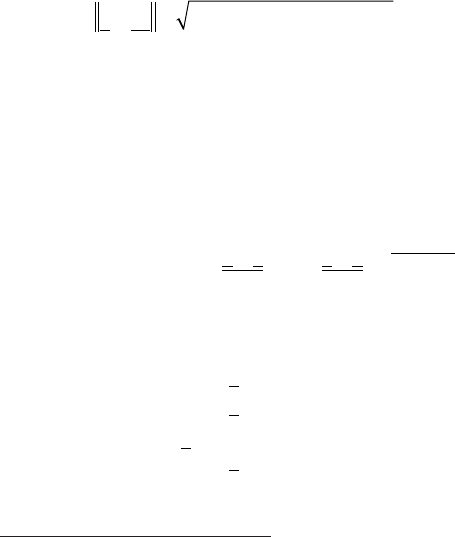
80 Equivalence and Noninferiority Tests
However,
()()0.14142 0.125
011,0
2
22,0
2
µ−µ= µ−µ+µ−µ≈ >∆=
Thus, each univariate mean satises the univariate denitions for noninfe-
riority, but the multivariate criterion is not satised.
Condence interval formulation:
In a multivariate situation, the condence region is a k-dimensional object
and its interior. In the case of mean vectors, it is an ellipsoid together with its
interior. Specically, it is the set of all vectors, μ, such that
Tn
F
ˆ
ˆ
ˆ
T
kn k
21
,,
=µ−µ Σµ−µ ≤
−
where F
α, k, n − k
= the 100(1 − α) percentile of a (central) F-distribution with k
numerator degrees of freedom and n − k denominator degrees of freedom, and
µ=
=
x
x
x
ˆ
thesamplemeanvector
k
1
2
.
Computational considerations:
While it is possible to use JMP scripting language (JSL) or SAS Proc IML to
compute and invert covariance matrices, it is easier to do so in R. Use the R
function cov() to compute the covariance matrix, and the solve() function to
invert the covariance matrix. Recall that in R, a statement of the form:
>x <- c(1, 2, 3)
creates a column vector, not a row vector, called x.
R:
> df1 <- read.table("H:\\Personal Data\\Equivalence &
Noninferiority\\Programs & Output\\d20121109_test_6_1_example.
csv",header = TRUE,sep = ",")
> attach(df1)
> xmat <- as.matrix(df1)
> xmat
X1 X2 X3
[1,] 100.21 33.37 102.22
[2,] 101.22 33.79 100.33
[3,] 97.16 32.32 95.55
[4,] 98.72 33.05 97.60





